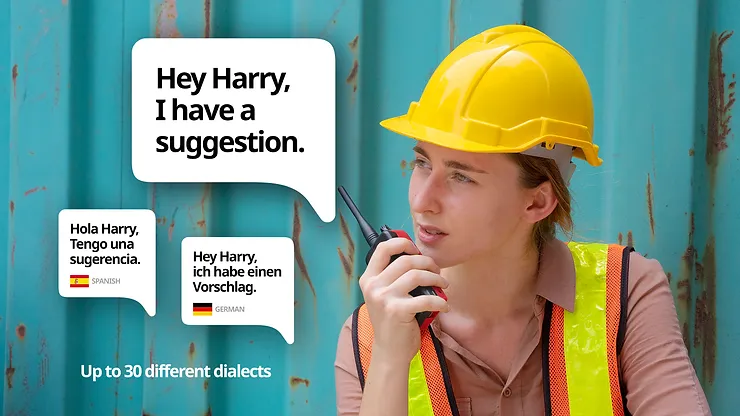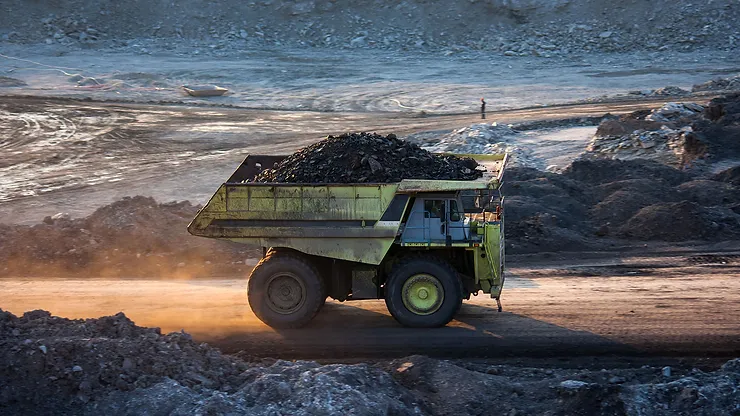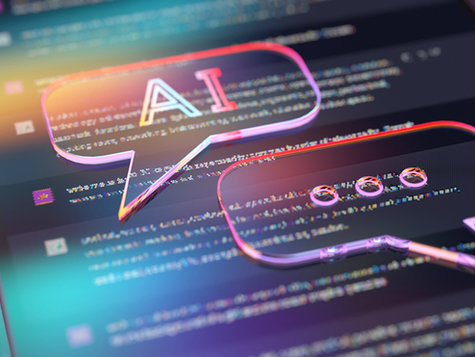How artificial intelligence and voice effectively manage work health and safety risks in hazardous environments
The use of voice enabled technology isn’t something new. We’ve all used Siri and Alexa to check the weather, set reminders and send a quick text.
But, tech has come a long way in recent years, and while basic voice assistants still have their place, more advanced voice artificial intelligence has emerged as a powerful tool in workplace health and safety – particularly in industries of higher risk.
In remote & rugged work environments such as construction, mining and manufacturing, safety has always been a division that requires the most attention. Higher risk levels, complex compliance requirements, and the physical and financial cost of safety incidents have made OHS in these sectors a top priority.
Now, with the emergence of voice AI, operations have the opportunity to alleviate a large chunk of the pressures that come with safety in a high-risk workplace.
Voice AI for construction and mining (and other heavy industries)
In the past, adhering to compliance requirements would require workers to handwrite lengthy reports and fiddle around with tablets – all while working in dark, dusty, more dangerous environments.
Historically this has led to unreadable documents, vague reporting, messy paperwork and in some cases, a complete lack of compliance.
Contact Harald Chief Product Officer, Matt Denton says AI systems like Ask Harry offer an entirely different experience for workers.
“Voice AI technology enables entire teams to report incidents and hazards with nothing but their natural voice.”
“The ease at which workers can comply, ultimately leads to higher compliance levels in the construction and mining sectors,” he said.

Removes confusion and miscommunication
Heavy industries like mining, manufacturing and construction are intrinsically linked to larger teams. With any big workforce you get diversity: in language, literacy skills, and communication. This can prove to be problematic when it comes to health and safety on site.
“In big teams, instructions are often misunderstood, submitted paperwork can be scrappy and difficult to decipher, and workers may feel unable to properly communicate with each other. These issues are at the root of safety breaches on site,” Matt said
“Voice AI technology completely eradicates confusion and lowers the risk of miscommunication,” he said.
Most AI systems are loaded with multiple languages (Ask Harry can understand and translate in up to 30 different dialects) and can understand slang, industry jargon and different accents.
This means workers can ask questions, create documents and share information with anyone at any time, using only their natural way of speaking.
Aside from the fact that this is a more inclusive and accessible approach to safety, voice AI is also integral in reducing the risk of errors that can lead to safety and compliance issues.
Connects lone workers
Heavy industries are loaded with hazards, and lone workers are particularly vulnerable due to the isolated and often dangerous environments they operate in.
Traditional safety measures have limitations when it comes to real-time monitoring and rapid response that leave lone workers open to potential risks.
But, supported by voice AI, lone workers are connected to a safety framework that checks in on them and monitors their well-being at predefined intervals.
If a worker fails to respond within a set timeframe, an escalation process commences.
This process alerts supervisors and emergency services to ensure immediate action is taken.

Artificial intelligence and voice for safer ways of operating
When voice is all that’s needed to get the job done, teams automatically operate in a safer way.
From asking necessary questions, getting directions and accessing real-time safety information, everything can be done hands-free.
There’s no need for workers to take their eyes off the task at hand, or put themselves or others at risk. A few words, and a few seconds is all it takes to move safely and compliantly through their jobs.
Conclusion
When it comes to high risk industries, a shift to voice is the simplest way to uplevel safety on site. And, since it can integrate into existing systems, it’s a safety upgrade that doesn’t call for extra training or technical knowledge.




